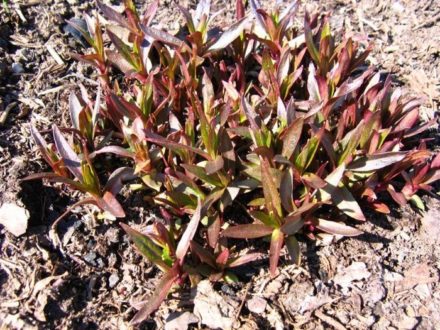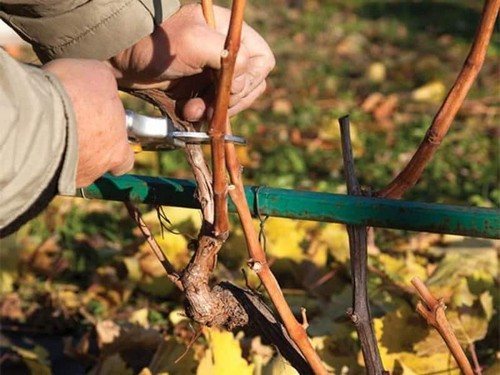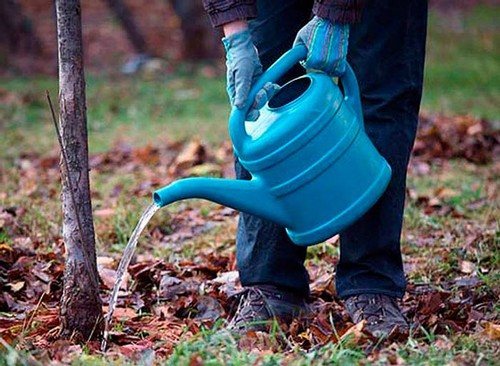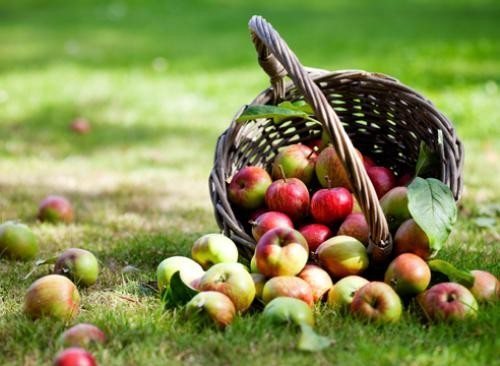Phlox attracts many gardeners and summer residents with their brightness and fairly unpretentiousness. These flowers do not require special measures for autumn care and preparation for the winter season. However, it is better to observe several points so that these flowers continue to delight with their blooms with the onset of the new warm season.


Don’t forget about active watering
Especially when autumn is dry. Water in proportions of two buckets per 1 square meter. meter of planted bushes. It is best to water phlox in gloomy weather, early in the morning or late in the evening. The flowers themselves should remain dry; watering should only be done on the ground around them. Moisture is extremely important for the successful overwintering of plants, so in the fall the soil should be as moist as possible.
Be sure to prune phlox in late autumn
Many gardeners agree that these flowers need to be pruned for the winter, but not earlier than the beginning of October.
It is necessary to prune the bush when it has completely finished blooming, turns yellow and dries out, because only at that time will all the nutrients go to the roots. Each of the bushes is cut off to ground level; leaving stumps is not recommended, since in the spring they will still have to be removed to make room for new shoots.
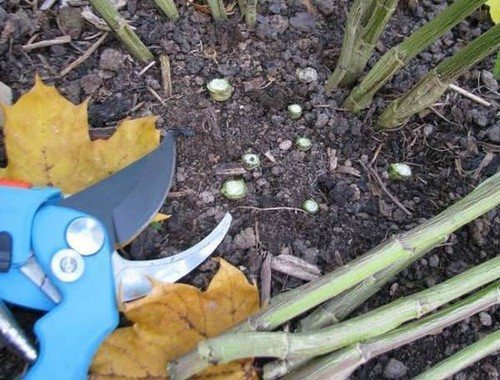
Feeding a flower in autumn
As soon as the bushes have bloomed, you can fertilize. This can be done both before and after pruning.A small portion of potassium and phosphorus fertilizers is poured under the bush itself; they are also called autumn fertilizers. This can be potassium sulfate or superphosphate, in a dosage of 1 tablespoon for each bush.
Loosening the soil and weeding
Care will not be considered complete without thorough loosening and removal of all weeds. It is important to remember that it is necessary to loosen the soil extremely carefully; the entire underground part of the phloxes is located practically on the surface of the earth. Deep loosening can damage the roots of flowers, causing them to die. It will be enough to weed around the bushes without going deep into the ground.
Mulching bushes
As mentioned above, the roots of phlox are almost on the surface, often even peeking out of the ground, so in the winter the place where the bushes grow must be covered. During the autumn-winter decrease in temperature conditions, the soil begins to freeze, which will destroy the plant. Dry compost, peat or manure work well as mulch. Most gardeners prefer to mulch phlox with horse manure, which is known for its ability to generate heat and nourish the plants.
Shelter for the winter
To protect flowers in winter, after mulching, it is recommended to cover the place where flowers sprout with spruce branches. Remember not to cover the plant with airtight materials such as film. The purpose of the shelter is to keep the snow above the bush for as long as possible.
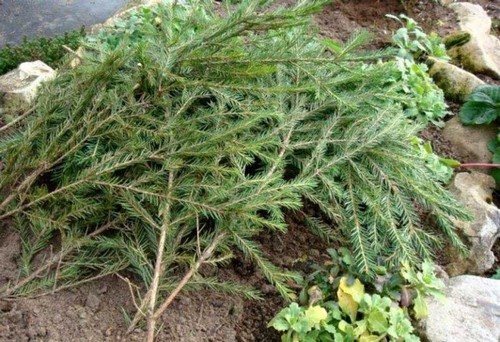
Proper autumn care for phlox is a guarantee of successful overwintering of the plant and lush flowering in the next warm season.Therefore, you should take the preparation of flowers seriously and follow all the tips.



